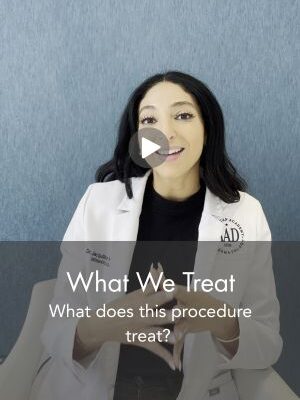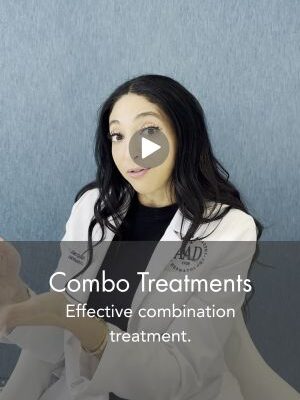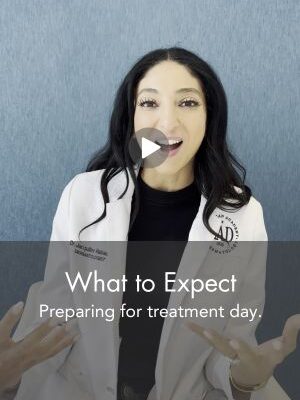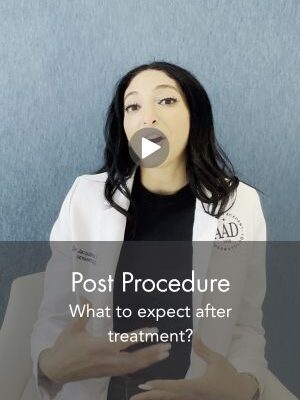
PRP- Pain & Joint Regeneration
Board-Certified Orthopedic Surgeon
At Divina Dermatology & Cosmetic Center in Beverly Hills, we offer Platelet-Rich Plasma (PRP) injections performed by Dr. Mark Mikhail, our board-certified orthopedic surgeon specializing in joint preservation and regenerative therapies. PRP harnesses your body’s own growth factors to decrease inflammation, accelerate healing, and improve mobility—without surgery or steroids.
What PRP Treats
- Joint pain and early to moderate osteoarthritis (knee, hip, shoulder, ankle, wrist)
- Tendon and ligament injuries (rotator cuff, Achilles, patellar, tennis/golfer’s elbow)
- Chronic sprains, overuse syndromes, and myofascial pain
- Post-surgical healing support to optimize recovery
AREAS OF USE
PRP is highly versatile and used wherever healing needs a boost — especially in tissues with limited blood supply (like tendons and ligaments). Orthopedic surgeons favor it for: Chronic pain that hasn’t improved with physical therapy or cortisone Mild-to-moderate arthritis to delay or avoid surgery Post-surgical healing to speed up recovery
Lower Body Applications
- Knee: for arthritis, meniscus tears, patellar tendinitis (“jumper’s knee”), or post-surgical healing.
- Hip: For labral tears, bursitis, or early osteoarthritis.
- Ankle: For chronic sprains, ligament instability, Achilles tendinitis, and plantar fasciitis.
- Foot: For heel pain, plantar fascia injuries, and midfoot arthritis.
Upper Body Applications
- Shoulder: Commonly used for rotator cuff tears, tendonitis, or bursitis.
- Elbow: For tennis elbow (lateral epicondylitis) or golfer’s elbow (medial epicondylitis).
- Wrist/Hand: For ligament injuries, De Quervain’s tenosynovitis, and early arthritis.
Spine & Neck
- Cervical or lumbar facet joints: For localized spine arthritis and joint inflammation.
- Sacroiliac (SI) joint: For lower back or pelvic pain.
- Paraspinal muscles: For chronic muscle strain or myofascial pain.
- Pelvic region: For coccyx pain, pelvic instability, or postpartum musculoskeletal recovery.

Step-by-Step: Your PRP Visit with Dr. Mikhael
1. Consultation & Target Mapping
Dr. Mikhael reviews your history, imaging (if available), exam findings, and goals. He identifies the exact tissue(s) to treat and designs your dosing and session plan.
2. Preparation
We confirm medications, supplement use, and activity plans. You’ll hydrate and eat a light meal beforehand. If needed, we coordinate any temporary adjustments to anticoagulants with your prescribing clinician.
3. Blood Draw
A small sample of your blood (typically 15–60 mL) is drawn in our office.
4. PRP Processing
Your blood is spun in a medical centrifuge to concentrate platelets and growth factors. Depending on your tissue target, Dr. Mikhail selects the ideal PRP formulation.
5. Ultrasound-Guided Injection
After cleaning the skin and providing local anesthesia where appropriate, Dr. Mikhail uses real-time ultrasound to guide the PRP precisely into the joint, tendon, or ligament.
6. Immediate Recovery (10–20 minutes)
Most patients experience mild fullness or soreness at the site. You can typically drive yourself home. We review activity guidelines and aftercare before you leave.
7. Progressive Healing Timeline
- Days 1–3: Soreness/stiffness is common.
- Weeks 2–6: Inflammation calms; mobility and pain gradually improve.
- Weeks 6–12: Collagen remodeling and tissue repair continue with cumulative benefits.Some patients feel improvement sooner; maximal gains often appear by 8–12 weeks.
How Many Treatments Will I Need?
Most orthopedic concerns require 1–3 sessions spaced 4–6 weeks apart. Chronic tendon injuries or multi-site arthritis may need a series. Many patients schedule maintenance once or twice per year, depending on activity level and goals.
At Divina Dermatology, we believe that true wellness is about supporting the body as a whole. That’s why we integrate orthopedic and musculoskeletal health into our approach, offering natural, restorative therapies such as joint rejuvenation, PRP injections, and pain management for the knees, shoulders, and spine. Just as our dermatology treatments restore and revitalize the skin, these regenerative orthopedic procedures help reduce inflammation, improve mobility, and enhance overall vitality. By combining expertise in both skin health and orthopedic wellness, we provide patients with a truly comprehensive path to looking, feeling, and functioning at their very best.

Dr. Mikhael- PRP Injection Specialist
- Orthopedic surgeon–led evaluation and ultrasound-guided precision
- Personalized protocols tailored to joint anatomy, tissue quality, and activity goals
- Integrated care model: we can pair orthopedic PRP with physical therapy, mobility training, and Divina’s broader wellness and aesthetic offerings for whole-patient results

Before Your Appointment:
- Hydrate well for 24 hours prior; eat a light meal day-of
- Avoid NSAIDs (ibuprofen, naproxen, etc.) for 5–7 days before and 2 weeks after (use acetaminophen if needed, unless otherwise directed)
- Pause blood-thinning supplements that increase bleeding risk (fish oil, turmeric/curcumin, ginkgo, garlic, high-dose vitamin E) 7 days before, if safe for you
- Wear comfortable clothing that allows easy access to the treatment area
- Bring prior imaging/reports (X-ray, MRI, ultrasound) if you have them
- If you take prescription anticoagulants, we’ll coordinate with your prescriber
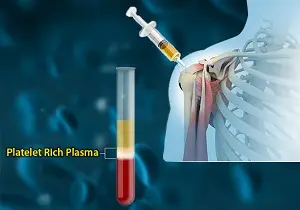
Aftercare & Activity
- Expect mild soreness or pressure for 24–72 hours—this is normal
- Use acetaminophen and ice (wrapped cloth, 10–15 minutes at a time) as needed
- Avoid NSAIDs for 2 weeks after the injection
- Gentle range-of-motion begins within 24–48 hours unless told otherwise
- Gradual return to low-impact exercise by days 3–7; progressive loading over weeks 2–4
- Follow-up with Dr. Mikhail to assess progress and plan next steps (PT, bracing, or a second session if indicated)
Frequently Asked Questions

1. PRP covered by insurance?
- Insurance plans consider PRP “regenerative” and do not cover it. Many patients use HSA/FSA funds. Corticosteroids are covered by insurance but they differ from PRP injections. Corticosteroids primarily reduce inflammation short-term. PRP delivers growth factors that can promote tissue repair and longer-term function.

2. Can PRP be combined with other treatments?
- Yes, PRP therapy can safely complement other orthopedic and wellness treatments. Dr. Mikhael often integrates it with targeted physical therapy, bracing, shockwave therapy, or Botox for muscle relaxation. This combination helps optimize recovery and maintain results over time.

3. When will I feel better?
- Many patients notice improvement within 2 to 4 weeks after their first session, as inflammation gradually decreases. The most significant healing and tissue regeneration typically occur between 6 to 12 weeks. Continued improvement can be seen for several months as the body continues to rebuild collagen and strengthen tissue.

4. Will I still be able to have surgery later if needed?
- Yes, PRP injections do not interfere with future surgical options. In fact, they often delay or reduce the need for surgery by promoting early healing and maintaining joint health. If surgery is ultimately required, prior PRP therapy may even improve tissue quality and recovery outcomes.

